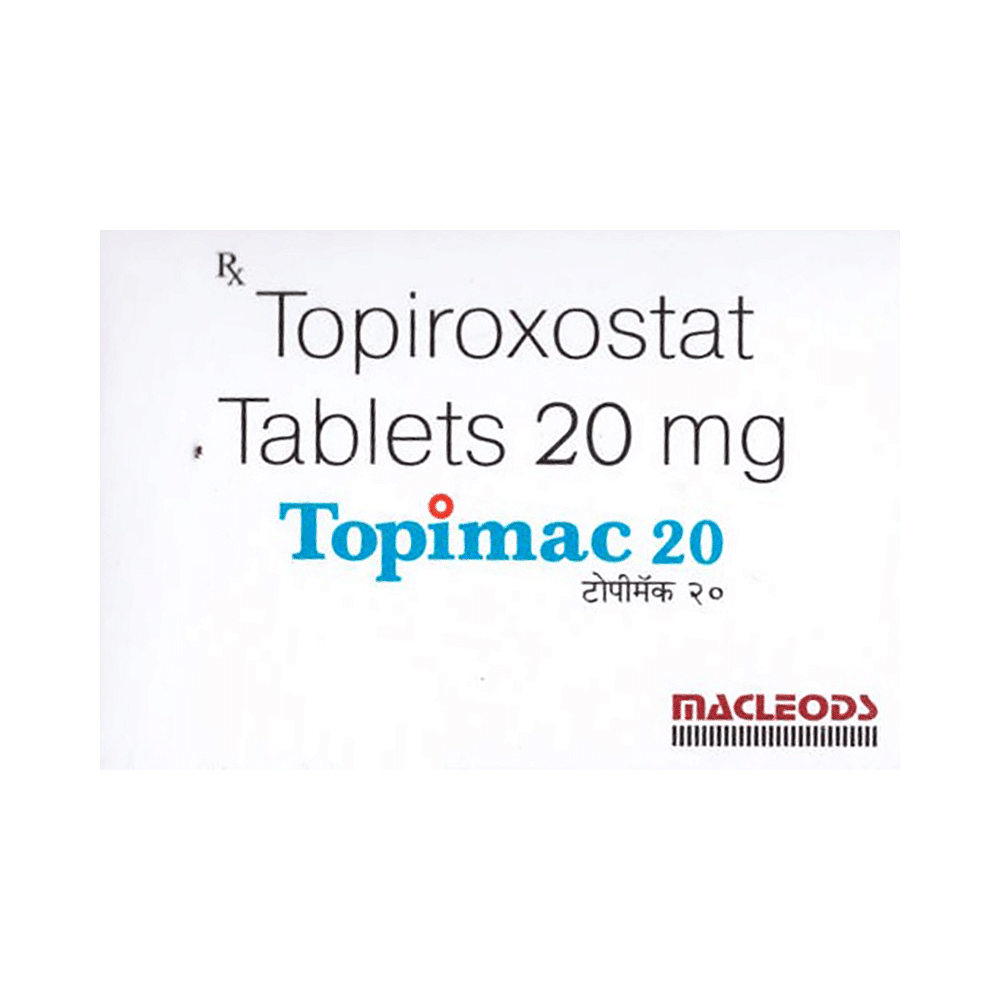
Topiroxo 20 Tablet
Manufacturer
Alkem Laboratories Ltd
Salt Composition
Topiroxostat (20mg)
Key Information
Short Description
Topiroxo 20mg Tablet is a medicine used to treat and prevent gout. It lowers the levels of uric acid by stopping its release from the kidneys.
Dosage Form
Tablet
Introduction
Topiroxo 20mg Tablet should be taken with food. This will prevent you from getting an upset stomach. Take it regularly and do not stop taking the medicine even if you get better until that doctor tells you it is alright to stop. Use of this medicine may cause increased liver enzymes in some people. If you experience any other side effects which do not go away with time or bothers you, you should let your doctor know. Your doctor may help with ways to reduce or prevent these symptoms by prescribing you an alternative medicine or by adjusting the dose. To make sure the medicine is safe for you, let your doctor know if you have any problems with your heart, kidneys, or liver. You should also let your doctor know all the other medicines you are taking before using this medicine. If you are pregnant or breastfeeding, consult your doctor first before taking this medicine.
Directions for Use
Take this medicine in the dose and duration as advised by your doctor. Swallow it as a whole. Do not chew, crush or break it. Topiroxo 20mg Tablet may be taken with or without food, but it is better to take it at a fixed time.
How it works
Gout occurs due to increased blood uric acid levels. Topiroxo 20mg Tablet reduces the synthesis of uric acid by inhibiting the enzyme involved in it.
Quick Tips
Take adequate water or fluids while taking Topiroxo 20mg Tablet to prevent kidney stones. Treatment with this medicine should not be started during a sudden/severe gout attack. Wait until your current attack is over before starting this medication. Consult your doctor before taking it if you have or ever had kidney stones, stomach ulcers, peptic ulcers, diabetes, liver disorders or blood disorders. Tell your doctor if you are pregnant, plan to become pregnant, or are breastfeeding.
Related Medicines
Frequently asked questions
What is the recommended dosage for Topiroxo 20mg Tablet?
The usual adult dosage is 20 mg orally given twice daily, which can be gradually increased to 60 mg/dose twice daily while monitoring blood uric acid levels. The maintenance dose may be adjusted based on the patient's condition, up to 80 mg/dose twice daily.
Can patients with kidney disease take Topiroxo 20mg Tablet?
Yes, but with caution due to a higher risk of side effects. Close monitoring is recommended for these patients.
What is the most important precaution when taking Topiroxo 20mg Tablet?
The dose should be increased gradually, starting with 20 mg twice daily, then increasing to 40 mg/dose twice daily at Week 2, and finally to 60 mg/dose twice daily at Week 6. Regular monitoring is essential after each dose increase.




